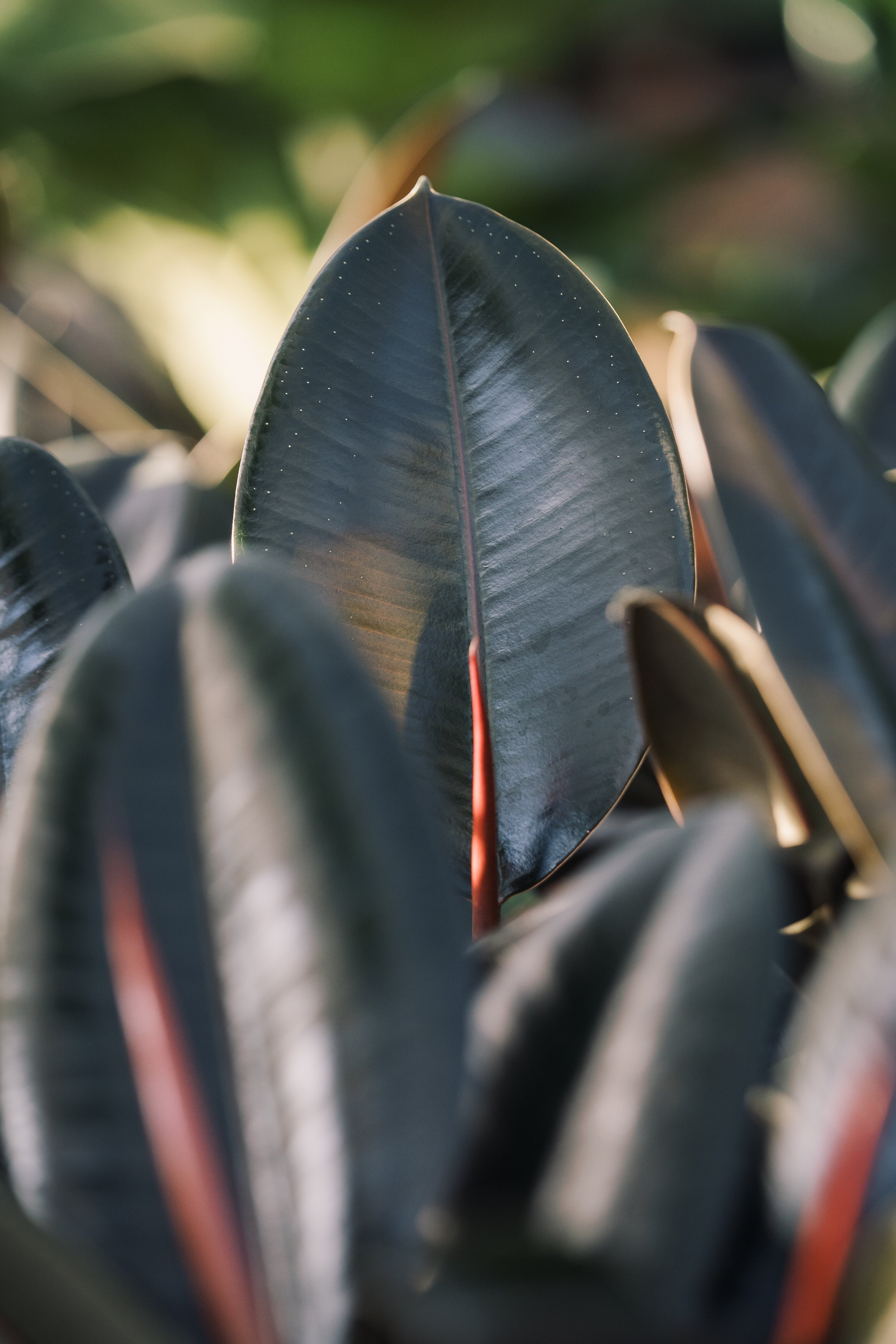how to repot your plant
the world of houseplants is a thriving ecosystem of green, vibrant life that brings joy and tranquility into our homes. as caretakers of these botanical wonders, we embark on a journey of nurturing, watching each leaf unfurl, and each bud bloom. like any living being, houseplants occasionally need a change of scenery – a new pot, fresh soil, and room to stretch their roots. it's an act of love, a repotting ritual that ensures their continued well-being and beauty – let's delve into the art of repotting, the transformative process that allows your cherished houseplants to flourish.
signs of the right time to repot
before you get your hands dirty and look for a new home for your plant, it's essential to know when your houseplant is ready for a change of address. signs that it's time to repot include:
root bound plant : when the roots become densely packed, circling the pot like a living, underground embrace, your plant is likely root-bound. this constricting situation can hinder the plant's growth and lead to poor water absorption.
top-heavy growth : if your plant is toppling over or seems imbalanced, it may have outgrown its current pot. this can be especially noticeable when the foliage is lush and flourishing, but the container seems unable to support the abundance of life.
slow growth or yellowing leaves : a plant that has exhausted the nutrients in its potting mix may exhibit slow growth or yellowing leaves, indicating that it's time for a fresh start.
choosing the perfect new home
the first step in repotting your houseplant is selecting the right pot. consider the following factors when choosing the ideal container:
pot material : clay pots are porous and allow for better air circulation and moisture evaporation, which can be beneficial for plants that prefer drier conditions. on the other hand, plastic pots retain moisture longer and are a good choice for plants that like to stay consistently moist. choose the material that suits your plant's needs.
size matters : when upgrading to a new pot, ensure it's approximately 2 inches larger in diameter than the current one. this provides your plant with room to stretch its roots without overwhelming it.
selecting the perfect planting medium
The choice of planting medium is crucial in creating the perfect habitat for your houseplant. Options include soil-based mixes, hydroponic solutions, or even air plants.
soil mix : for most houseplants, a well-draining potting mix is the way to go. ensure it's airy, light, and provides good drainage. houseplant-specific mixes, like fox farm ocean forest or fox farm happy frog are excellent choices. avoid garden soil, which can become compacted and hinder root growth.
hydroponics : hydroponic systems are gaining popularity among houseplant enthusiasts. they allow plants to grow without soil, relying on nutrient-rich water solutions. however, they require precise maintenance and may not be suitable for beginners.
air plants : air plants, like Tillandsia, don't need soil at all. they can be mounted on various surfaces or placed in terrariums, offering a unique and low-maintenance way to display your green friends.
the repotting ritual
repotting your houseplant is a bit like moving to a new home. it's a journey, and like all journeys, it's important to take things step by step.
prepare the new pot : ensure the new pot is clean and has adequate drainage holes at the bottom to prevent waterlogging. place a few inches of the chosen potting mix into the bottom of the pot.
gently remove the plant : carefully remove the plant from its old container. you can do this by gently tapping the pot's sides to loosen the root ball, then sliding the plant out. if it's stubborn, use a trowel or your hand to guide it out.
inspect the roots : take a moment to inspect the roots. if they're tightly packed, gently tease them apart. trim any dead or unhealthy roots with clean, sharp scissors.
repot with love : place your plant in the center of the new pot, ensuring it sits at the same level as in the previous container. add more potting mix around the sides, gently patting it down as you go. Leave about an inch of space at the top to accommodate watering.
water with care : after repotting, give your plant a good drink of water to help settle the soil. ensure the water thoroughly saturates the potting mix.
fertilization – nourishing your plant
fertilization is key to supporting your plant's growth and health. consider these guidelines for providing the right nutrients:
organic fertilizers : opt for organic fertilizers, like Neptune's, which provide gentle and steady nourishment for your houseplants.
schedule : start fertilizing a month after repotting and continue on a weekly basis until your plant is thriving in its new home.
balanced nutrition : ensure the fertilizer you choose provides a balanced blend of essential nutrients, including nitrogen, phosphorus, and potassium.
transplant aftercare – nurturing new beginnings
once your houseplant is comfortably nestled in its new pot, be patient and watch for signs of recovery. plants may experience a brief period of transplant shock as they adjust to their new surroundings, so don't be alarmed if you see some wilting or yellowing leaves. with time, your plant will adapt and flourish.
repotting is an art, a loving gesture to ensure your houseplants continue to thrive. it's a process that connects you with the vibrant, natural world within your home, fostering a sense of care and nurturing. by choosing the right pot, planting medium, and schedule, you'll provide your houseplants with a home where they can flourish and grow, adding beauty and tranquility to your living spaces.
so, embrace the art of repotting, and celebrate the thriving, green companions that grace your life. and when you're ready for your next plant, explore the lush selection in our online store or visit us in person. your journey of plant parenthood continues, one pot at a time.




